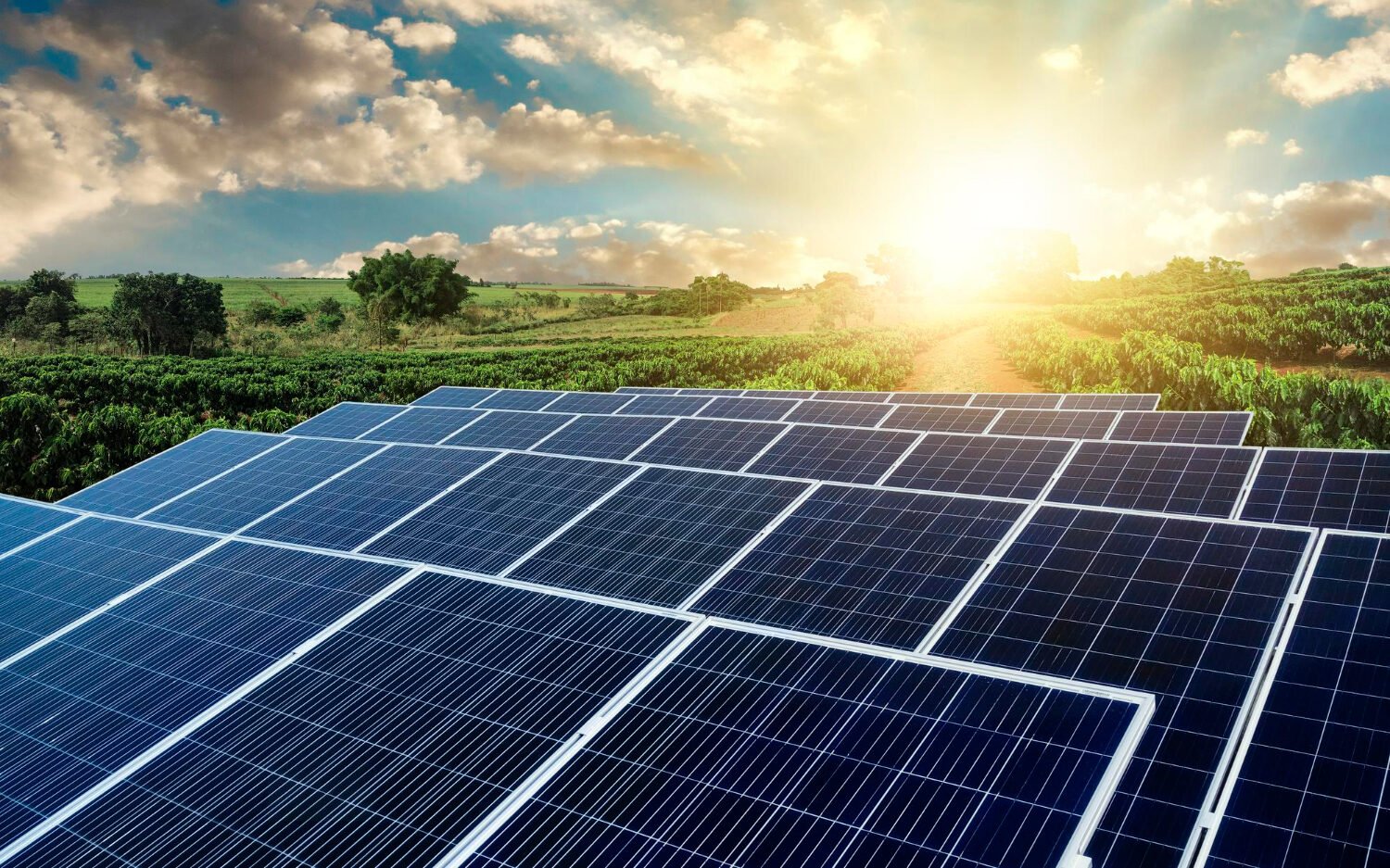The solar photovoltaic (PV) industry is undergoing a significant transformation, fueled by technological advancements that enhance efficiency and drive down costs. According to the International Renewable Energy Agency (IRENA), global solar PV installed capacity is projected to reach 2,840 GW by 2030—a sixfold increase from 480 GW in 2018. By 2050, this figure could rise to 8,519 GW, emphasizing the rapid global adoption of solar energy as a key renewable power source.
Next-Generation High-Efficiency Solar Cells
Innovations in solar cell technology are playing a crucial role in boosting energy conversion efficiencies. Advanced solar cell designs such as Passivated Emitter and Rear Cell (PERC), Heterojunction (HJT), and Tandem solar cells are setting new benchmarks for performance:
- PERC Technology: Incorporates a back-surface passivation layer to reduce energy loss, achieving efficiencies around 21%.
- HJT Technology: Combines crystalline silicon wafers with amorphous silicon thin films, allowing for efficiencies above 25%.
- Tandem Solar Cells: Utilize multiple layers of photovoltaic materials to capture a broader spectrum of sunlight, with potential efficiencies exceeding 30%.
Bifacial and Floating Solar Panels
Emerging designs such as bifacial and floating solar panels are expanding deployment possibilities and increasing energy capture:
- Bifacial Solar Panels: Capture sunlight on both sides, enhancing energy generation by up to 15-20% compared to traditional panels.
- Floating Solar Panels: Installed on water bodies, these systems optimize land use while benefiting from natural cooling effects, improving efficiency and reducing water evaporation.
Smart Solar Modules and Energy Storage Integration
The integration of smart technologies and energy storage solutions is enhancing the reliability and efficiency of solar power systems:
- Smart Solar Modules: Equipped with power optimizers and microinverters, these modules allow for real-time monitoring and individual panel optimization, improving overall system performance.
- Energy Storage Integration: Combining solar panels with advanced battery storage systems enables energy to be stored during peak production for use during high-demand periods, ensuring a stable and consistent power supply.
Conclusion
These technological advancements are propelling the solar PV industry towards greater efficiency, flexibility, and integration with broader energy systems. As global demand for clean energy continues to rise, innovations in solar cell design, smart modules, and energy storage solutions will play a pivotal role in securing a sustainable and resilient energy future.

